The Wonders of Balance: Bipeds, Quadrupeds, and Beyond
Balance is essential for all forms of movement, whether walking upright, galloping on four legs, swimming in the sea, or soaring through the sky. Each creature’s balance system is uniquely designed to suit its lifestyle and environment, reflecting the intricate wisdom of Jehovah’s creation.
As bipeds, humans rely heavily on the vestibular system in the inner ear. This system includes fluid-filled semicircular canals and otolith organs that detect motion, head position, and gravity. When we move, it sends signals to the brain, coordinating with visual and muscular feedback to keep us stable. Our upright posture requires constant adjustments to maintain balance, showcasing a finely tuned system perfectly suited to our needs.
Quadrupeds: Stability in Design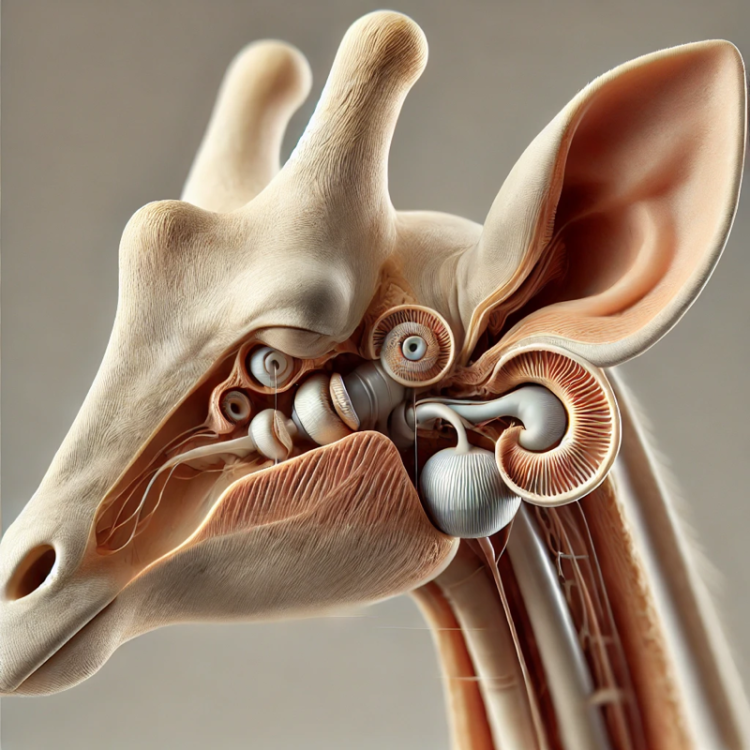
Quadrupeds, with their four points of contact, have a natural advantage—a wide base of support. Their vestibular system, similar to ours, works alongside proprioception, where sensors in muscles, tendons, and joints provide real-time feedback to the brain for precise limb coordination. Their lower center of gravity further enhances stability, allowing them to navigate varied terrains with ease. Additionally, many quadrupeds use their tails as counterweights to aid in balance during movement.
Seals, though quadrupeds, are designed for both aquatic and terrestrial environments. Their vestibular system helps maintain orientation and balance as they swim with streamlined bodies and powerful flippers. Underwater, this system works in harmony with their hydrodynamic shape to ensure stability during swift movements and deep dives. On land, it assists in coordinating their bodies as they maneuver more cumbersome movements.
Fish: Balancing in the Aquatic World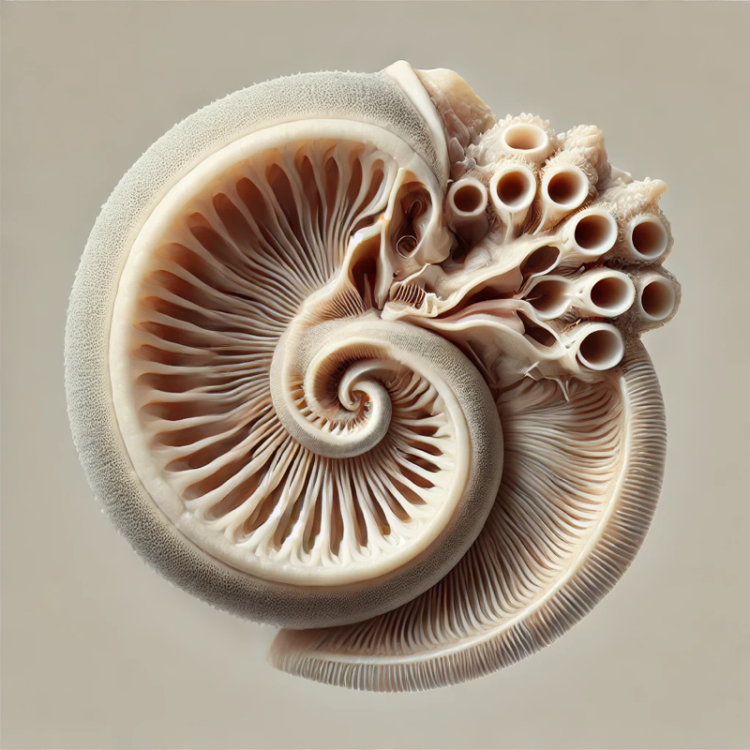
Fish possess a balance system centered in their inner ear, containing specialized sacs with otoliths—small bones that move with changes in orientation or motion. These movements send signals to the brain, helping fish maintain equilibrium in their underwater environment. This design allows them to navigate effortlessly, even in currents or during quick directional changes.
Birds: A Unique Bipedal System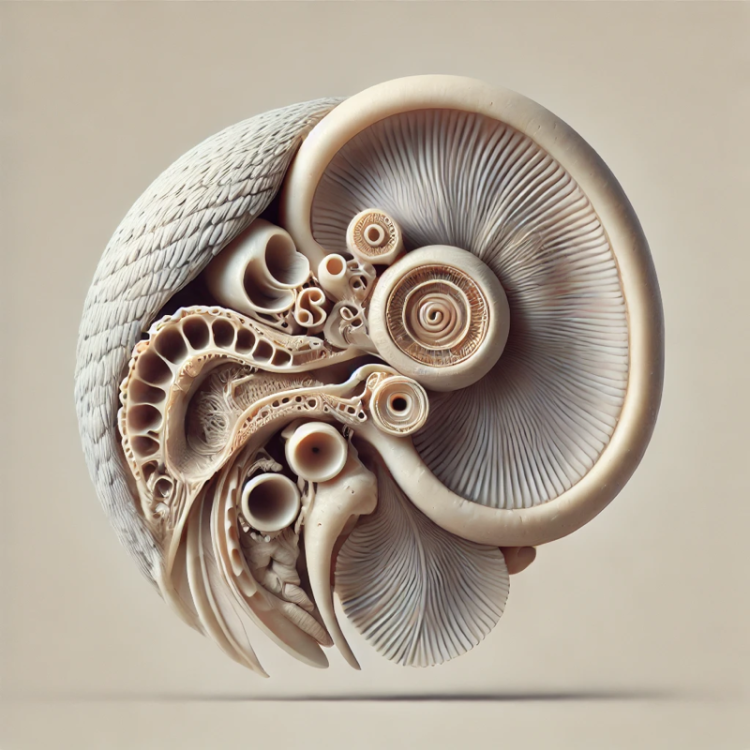
Birds, as bipeds, have specialized vestibular systems configured for both walking and flight. They rely heavily on visual input and neck position to maintain equilibrium. The semicircular canals in their inner ears are designed for rapid head movements, crucial for stabilizing vision during flight. When walking, behaviors like “head bobbing” help maintain visual stability, compensating for body motion. Their lightweight skeletal structure and low center of gravity make balance less demanding on their muscles compared to humans.
Jehovah’s Wisdom in Balance Systems
The diversity in balance systems across species is a testament to Jehovah’s wisdom in creation. Each design is perfectly suited to its creature’s lifestyle and environment. Psalm 104:24 reflects this sentiment: “How many your works are, O Jehovah! You have made all of them in wisdom. The earth is full of what you have made.” As we explore these differences, we gain a deeper appreciation for the intricacy and blueprint of life, each balance system offering a glimpse into the wonder of Jehovah’s creation.
Sources
• New World Translation of the Holy Scriptures, 2013 Revision
• Psalm 104:24
• “The Human Balance System,” Vestibular Disorders Association.
• “The Three Systems of Balance,” Core Physical Therapy.
• “How Fish Maintain Balance and Direction,” The Spruce Pets.
• “Understanding the Somatosensory System and Its Role in Balance,” Science of Falling.
Note from the Author:
Giraffes possess unique vestibular systems to accommodate their remarkable physiology. Their semicircular canals, located within their inner ears, are proportionally elongated compared to other mammals. This design helps stabilize their vision and maintain balance during head movements, critical for their survival in the wild. These specialized canals allow giraffes to coordinate their long necks with precise motor control, ensuring smooth and efficient movement, even in complex environments.
Edited by dljbsp
image change

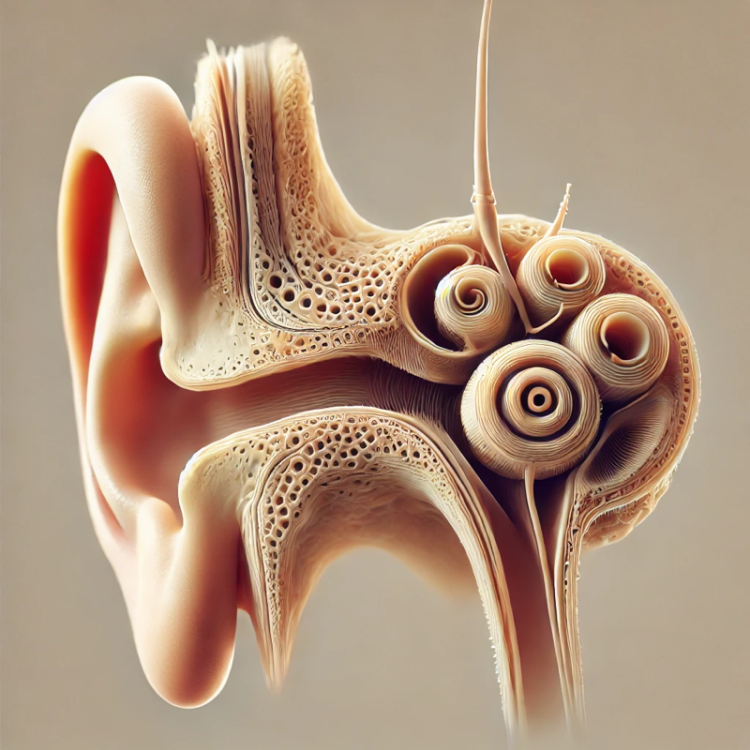
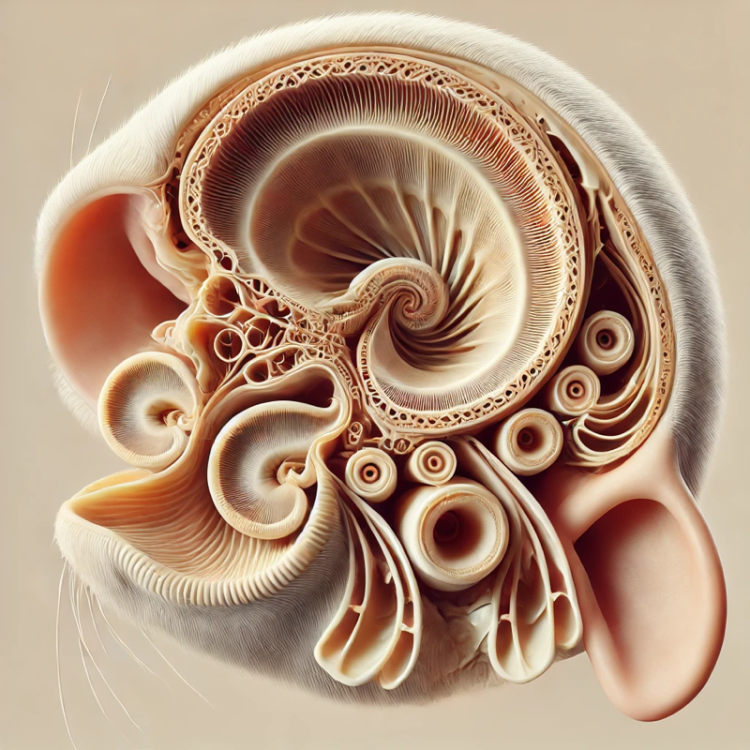


1 Comment
Recommended Comments
Join the conversation with your brothers and sisters!
You are posting as a guest. If you are already a member, sign in now to post with your existing account.
Note: Your post will require moderator approval before it will be visible.